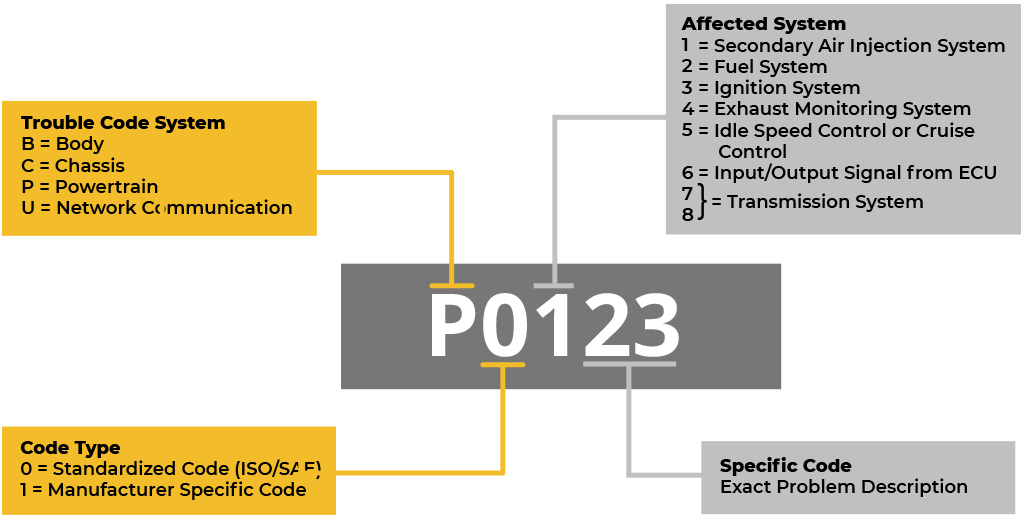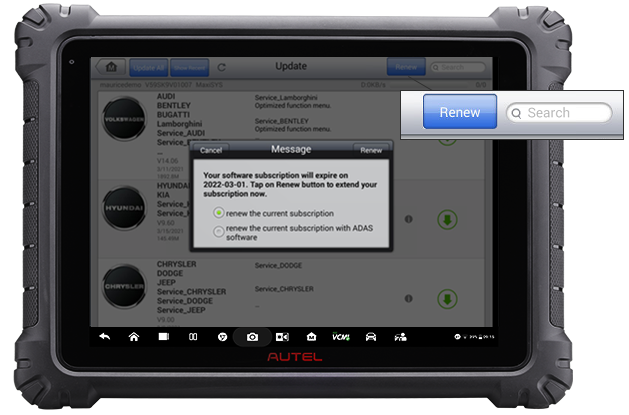Faster Delivery in 3-5 Days
Faster Delivery in 3-5 Days

When scanning your vehicle with an OBD2 scanner, you may occasionally encounter an “N/A” code. While it might seem concerning at first glance, this code doesn’t necessarily mean something is wrong. Understanding what an N/A code means and how to respond can save you time, money, and unnecessary repairs.
The OBD2 diagnostic system (On-Board Diagnostics II) monitors key vehicle systems like the engine, emissions, and fuel system. When a fault is detected, the system stores a diagnostic trouble code (DTC) to help you or a technician identify the issue. Typical codes like P0420 or P0301 are specific and point to clear problems.
However, an N/A code is different—it means the system couldn't retrieve data for a certain test or module.

OBD2 codes are stored diagnostic trouble codes (DTCs) pinpointing specific vehicle faults.
In OBD2 terminology, N/A stands for “Not Applicable” or “Not Available.” This means that the diagnostic scanner failed to get results from a specific system or sensor. It does not indicate a malfunction—it simply shows that the system couldn’t complete a certain test or access the data needed.
This usually happens in the following scenarios:

An N/A code on an Autel scanner means "Not Applicable."
Let’s take a closer look at why your OBD2 scanner may show N/A codes:
Some emissions or system readiness tests only complete under specific driving conditions. If the vehicle hasn’t completed those cycles, the scanner will display N/A for those tests.
A malfunctioning oxygen sensor, mass air flow sensor, or EGR valve may not send proper data to the system. If a sensor fails to report, the module becomes unreadable to the scanner.
Not all scanners support full system diagnostics on every vehicle. Using an entry-level tool on a newer or hybrid car may result in N/A readings.
If the scanner doesn’t establish a stable connection with the ECU (especially over Bluetooth), you might see N/A results even when no mechanical issue exists.

Communication problems can cause N/A result.
Seeing an N/A code doesn’t always require immediate action. However, you can follow these steps to verify whether further inspection is necessary:
Start by checking major sensors like oxygen, MAF, and coolant temperature sensors. If any appear dirty, disconnected, or damaged, repair or replace them.
Basic scanners are great for reading generic codes, but an advanced OBD2 diagnostic scanner is better suited for retrieving manufacturer-specific data. Tools like the Autel MK808S or Autel MaxiSys Ultra provide more comprehensive coverage.

Upgrade your Autel scanner and then attempt to clear the N/A codes.
Try clearing the codes with your scanner, drive the car for a few days, and scan again. If the N/A code reappears, a deeper issue may exist.
If you repeatedly see N/A codes or if multiple unreadable modules appear, have a professional technician run a full-system diagnostic scan using a high-end automotive scan tool.
Generally, an N/A code doesn’t affect how your car drives. It simply reflects missing or unavailable data. However, repeated N/A codes could mask underlying issues. If your check engine light is also on, or if your car feels sluggish, it’s time to take the situation more seriously.
An N/A code from your OBD2 scanner doesn’t always mean something’s broken—it simply means data is missing or unavailable. While it’s not a critical warning, you should still investigate it. Start with checking your sensors and scanner compatibility.
If necessary, reset the system or visit a mechanic for a full inspection. Staying proactive with diagnostics helps you maintain performance and avoid costly repairs later.